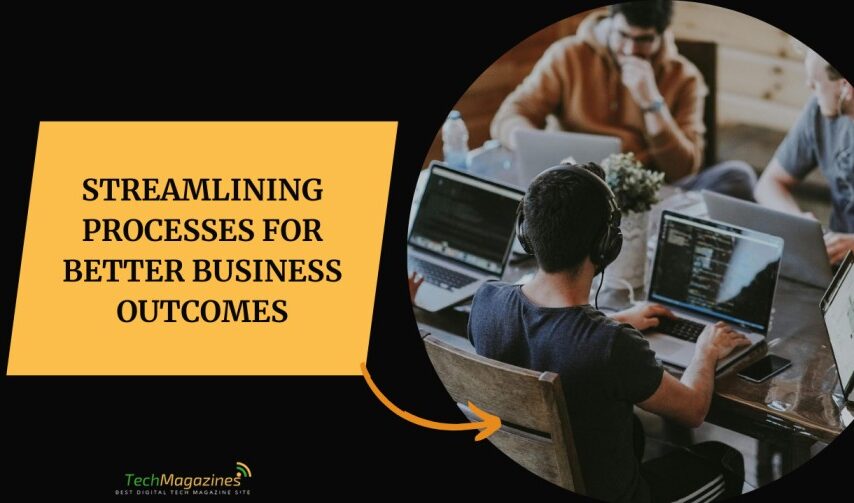Improved performance and productivity depend on finding and addressing an organization’s inefficiencies. Businesses negotiating difficult operational environments typically face challenges, including antiquated technology, poor communication, and duplicate procedures that slow development. Through careful evaluations, including staff comments and process analysis, companies can find these inefficiencies and give focused improvement top priority. This proactive strategy simplifies processes and best allocates resources, enabling a more nimble and successful company. This approach creates a foundation for sustainable operational excellence.
Identifying inefficiencies
Improving general performance depends on identifying areas of inefficiency, particularly in procedures like invoice reconciliation. Organizations often run into bottlenecks that compromise production, including obsolete technology or poor communication. Through workflow studies and employee feedback sessions, companies can pinpoint particular resource-intensive tasks and prioritize changes, optimizing their operations and resource allocation. Identifying these obstacles is the first step toward transformative improvement.
Implementing process improvements
Adding focused improvements calls for a calculated strategy consistent with organizational objectives. Reducing pointless procedures could call for changing technologies, restructuring roles, or streamlining processes. Including staff members in the implementation process guarantees that improvements are useful and practical and builds buy-in. Clearly defined success criteria also let teams track development and make necessary corrections. Encouragement of a culture of ongoing development helps companies to be more flexible in response to changing prospects and problems. Careful implementation ensures that improvements are both impactful and enduring.
Leveraging technology
Operating efficiency can be improved significantly by using modern tools and software. Automating repetitive operations makes human mistakes less likely, and valuable time is available for staff members to concentrate on more strategic projects. While data analytics offer insights that guide wise decision-making, cloud-based solutions enable flawless teamwork among teams independent of location. Including technology in regular operations helps companies simplify processes, enhance communication, and produce better results. Embracing technology catalyzes a leap forward in operational efficiency.
Monitoring and evaluating results
Understanding the effect of process improvements depends on consistent evaluation of performance criteria. Key performance indicators (KPIs) let companies monitor development and point up areas needing more work. Feedback from stakeholders and staff provides insightful analysis of how well adjustments worked out. This regular assessment not only points out achievements but also reveals fresh difficulties, which helps companies change their plans and keep a course of constant development. A comprehensive strategy that addresses inefficiencies paves the way for long-term competitive advantage.
Conclusion
To build a culture of ongoing development and increase general performance in an organization, one must first find and fix inefficiencies. Companies can maximize resource allocation and simplify operations by methodically evaluating processes, involving staff members in applying process improvements, and using technology. Frequent performance metric monitoring and feedback guarantees that these developments remain current and efficient, enabling companies to meet fresh problems and grab chances for development. In the end, proactive operational efficiency increases output and helps businesses be positioned for long-term success in a competitive environment. Proper image credit reinforces ethical content usage. This practice ensures compliance with copyright regulations and fosters trust and credibility in content presentation.








